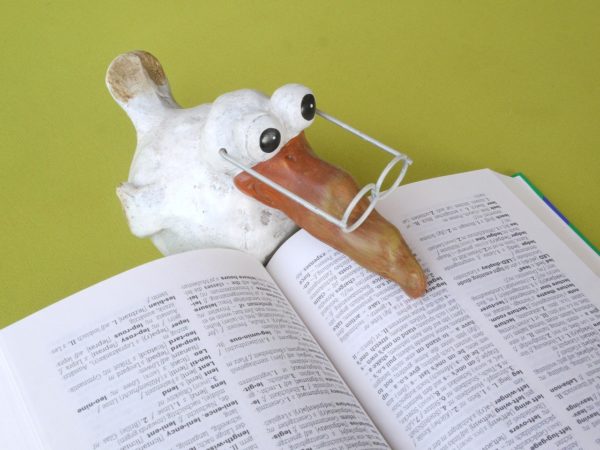

2020.7.18
Nowadays, the world is becoming more and more globalized… it’s just a token. I would like to summarize the knowledge I have gained in the process of converting past articles into multiple languages.
If you search for multilingual plugins in WordPress, I chose were “WPML”, “Polylang” and “BOGO”.
WPML was dismissed because of the possibility of vandalism in the DB, and Polylang was a good candidate. But the following sentence from BOGO was decided in the following sentence
Don't create a bunch of custom tables or mix in HTML comments that will cause you a headache later, just use A very straightforward multilingualization plugin.The database of WordPress will be used forever, so we have to keep it simple and use it as much as possible. We want to keep it in place. We’ve made it a top priority that this would make it easier to adapt to future changes.
Because of the emphasis on that, the work is a bit tedious in some ways.
I was determined to use machine translation, but I wanted to use DeepL, which has a good reputation for translation. The plugin I chose for this is DeepL Pro API translation plugin”.
This plugin “just translates” the title of the open page and the article. It’s a plugin to shorten the process of copying and pasting text every time and replacing it, and Please take a look.
To use the “DeepL Pro API translation plugin”, go to DeepL An API agreement is required. The following actual costs will apply.
I want to save money, so the work should be done within a month, which is a pretty good price…
You may think it’s quite expensive, but it’s actually a cheap one. While using DeepL for translation, other plugins to make it multilingual are expensive. They cost 5,000-10,000 yen per month. Considering that, I think it is a cheap one.
I used “DeepL Pro API translation plugin” this time, but from the conclusion As I went, I found quite a few things that could be translated, but were baggy. I’ll write about the findings below.
At the time of writing, the Classic Editor plugin is required, and Gutenberg is not supported. Gutenberg will be available as a paid version in the future…
Update 2020/07 : yes, I'm working on a Gutenberg compatibility + a Pro version to batch translate.
Update 202007 : Yes, yes, I'm going to do a batch translation in the Gutenberg-compatible + Pro version. Available.
I use “WP Githuber MD” because I write articles in Markdown! But it conflicts with this plugin and does not translate well. You should disable it when you work on translation.

When I try to change the translation settings with an API key, the language doesn’t appear in the pulldown.
You can leave this section blank at the top of the page. (You can select it in the translation page of each article)

New entries have been added to each article. Select “japonais” as the source of the translation and “anglais” as the language you want to translate. Anglais is an English thing. By the way, the translation will take about 10 seconds, so don’t be in a hurry.
It’s a surprise, but it only works on the visual editor side. It doesn’t work on the text editor side. It doesn’t say anything in the text editor side.
In other words, turn off all unnecessary editor-based plug-ins and use a visual editor. Need.
We duplicate and translate the articles for English on BOGO, but they don’t reflect it as it is when we update them!
I don’t know why, but after duplication, you can go back to the list screen and go to the edit screen again to update and publish. The button will be processed properly.
If you duplicate, translate, or publish past articles normally, the date will be the same as the time of publication.
If you duplicate, translate, or publish the article, the date is set to the same as the date of publication.
It would be more convenient to have an English article right next to a Japanese article in the article list.
As I mentioned above, I don’t want the DB to be polluted in a strange way.
Also, I don’t think it’s necessary to convert all articles into multiple languages. I don’t think it’s meaningful to make articles that are obviously only for Japan into multiple languages.
Do foreign readers want information on Japanese stocks? With that in mind, I thought it would be a good idea to make it multilingual, focusing on information that is hard to corrupt.
Some of you may be wondering how hard it is to use this… but personally, I’m actually happy with it! .
For new articles, you can use the free version of Because it’s good.
You may not be able to shrink your work time. But rather than paying $10,000 and not being able to do it exactly as you imagined, you’ll choose to do it for sure, even if it takes a little more work. It’s better for the data. And it’s a lot cleaner data that way.
You can use it as a reference if you like.
[itemlink post_id=”2070″]